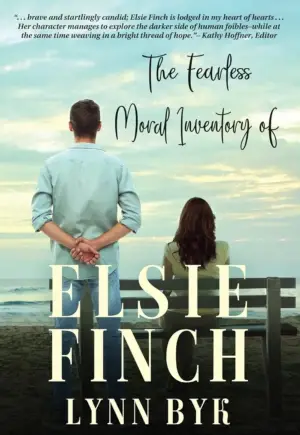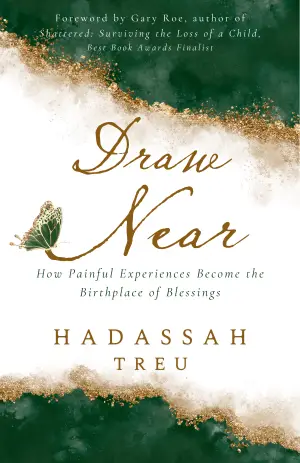What She Left Behind: A Haunting and Heartbreaking Journey Through Time
When I stumbled upon What She Left Behind by Ellen Marie Wiseman, its evocative cover and the promise of intertwining lives across decades drew me in like a moth to a flame. As a lover of historical fiction, I’ve always been fascinated by stories that delve into the depths of human experience, particularly those that explore themes of mental health and personal resilience. Wiseman, known for her powerful storytelling in The Orphan Collector, delivers yet again with a narrative that is both heart-wrenching and illuminating.
A Tale of Two Women
Set against the tumultuous backdrop of the 1920s and 1990s, What She Left Behind introduces us to Clara Cartwright and Izzy Stone—two women grappling with their legacies amidst societal constraints and familial trauma. Clara, a spirited flapper with dreams of independence, finds herself wrongfully committed to a grim asylum due to her father’s disapproval of her choices. Meanwhile, Izzy is a modern teenager navigating the aftermath of a traumatic childhood, marked by her mother’s violent act against her father. As Izzy helps her foster parents catalog items from the now-closed asylum, she discovers Clara’s journal, igniting an exploration of her own haunted past.
Wiseman’s characters are vividly drawn, and I found myself immersed in their struggles and triumphs. Clara’s plight sheds light on the harsh realities of mental health care in the early 20th century, challenging readers to confront the barbaric practices that so often marred treatment in those days. I was both disturbed and fascinated by Izzy’s journey—her reluctance to embrace her mother’s mental illness mirrored my own fears about familial legacies and the stigma surrounding mental health.
Engaging Yet Reflective Writing
Wiseman’s writing strikes a delicate balance between emotional depth and gripping plot. The pacing, particularly in Clara’s sections, kept me engaged, while the juxtaposition with Izzy’s modern experience offered necessary relief from the darker themes of the narrative. I appreciated how Wiseman didn’t shy away from the uncomfortable truths of mental illness and the foster care system; it’s this authenticity that makes the story resonate.
One quote that particularly stood out to me came from Clara’s journal, reflecting her hope amid despair: "Sometimes, hope is the only thing we have left." It encapsulates the resilience of women across generations, something I found profoundly uplifting.
A Reading Experience That Lingers
As I closed the book, I felt a lingering sense of connection to Clara and Izzy. Wiseman’s narrative is a reminder of the struggles many have faced and continue to face in silence, highlighting the importance of empathy and understanding. This book would resonate with fans of historical fiction, mental health advocates, and anyone who enjoys a gripping, character-driven story.
Ultimately, What She Left Behind is more than just a tale of two women; it’s a significant exploration of how our past shapes our present. You might find yourself reflecting on it long after turning the last page, much like I did. If you’re looking for a story that is haunting yet hopeful, filled with authenticity and depth, this book deserves a spot on your reading list.






